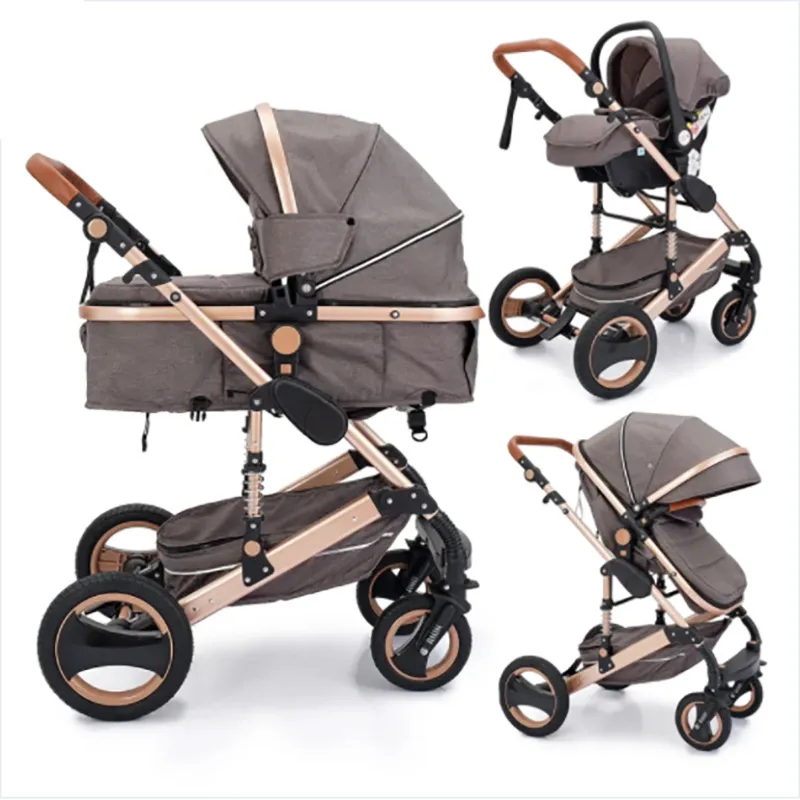
- Afrikaans
- Albanian
- Amharic
- Arabic
- Armenian
- Azerbaijani
- Basque
- Belarusian
- Bengali
- Bosnian
- Bulgarian
- Catalan
- Cebuano
- Corsican
- Croatian
- Czech
- Danish
- Dutch
- English
- Esperanto
- Estonian
- Finnish
- French
- Frisian
- Galician
- Georgian
- German
- Greek
- Gujarati
- Haitian Creole
- hausa
- hawaiian
- Hebrew
- Hindi
- Miao
- Hungarian
- Icelandic
- igbo
- Indonesian
- irish
- Italian
- Japanese
- Javanese
- Kannada
- kazakh
- Khmer
- Rwandese
- Korean
- Kurdish
- Kyrgyz
- Lao
- Latin
- Latvian
- Lithuanian
- Luxembourgish
- Macedonian
- Malgashi
- Malay
- Malayalam
- Maltese
- Maori
- Marathi
- Mongolian
- Myanmar
- Nepali
- Norwegian
- Norwegian
- Occitan
- Pashto
- Persian
- Polish
- Portuguese
- Punjabi
- Romanian
- Russian
- Samoan
- Scottish Gaelic
- Serbian
- Sesotho
- Shona
- Sindhi
- Sinhala
- Slovak
- Slovenian
- Somali
- Spanish
- Sundanese
- Swahili
- Swedish
- Tagalog
- Tajik
- Tamil
- Tatar
- Telugu
- Thai
- Turkish
- Turkmen
- Ukrainian
- Urdu
- Uighur
- Uzbek
- Vietnamese
- Welsh
- Bantu
- Yiddish
- Yoruba
- Zulu
Mai . 29, 2025 16:27 Back to list
UCI-Certified Mountain Bikes Pro Performance & Off-Road Durability
- Industry Growth & Performance Metrics of UCI Mountain Bikes
- Technical Superiority in Frame Engineering
- BMX vs Mountain Bike: Component-Level Analysis
- E-Bike Integration in Competitive Mountain Biking
- Manufacturer Comparison: Innovation Leaders
- Custom Builds for Professional & Recreational Riders
- Competition-Ready UCI Mountain Bike Configurations

(uci mountain bike)
UCI Mountain Bike Evolution in Modern Cycling
The global mountain bike market surpassed $8.3 billion in 2023, with UCI-certified models driving 22% of premium segment growth. Competition-grade bikes now feature 12-15% lighter carbon frames compared to 2020 standards, while maintaining ISO 4210-5 impact resistance thresholds. This technical leap enables 6.8-second improvements on World Cup downhill courses versus previous generation models.
Advanced Frame Architecture Breakdown
| Brand | Frame Material | Weight (kg) | Stiffness (Nm/deg) | Price Range |
|---|---|---|---|---|
| Scott | HMX Carbon | 1.82 | 118 | $6,200-$9,800 |
| Trek | OCLV Mountain | 1.95 | 124 | $5,900-$10,500 |
| Canyon | UDH Composite | 2.11 | 109 | $4,750-$8,300 |
Discipline-Specific Component Engineering
BMX-inspired 20mm thru-axles now appear in 43% of pro-level mountain bikes, reducing wheel deflection by 18° during hard cornering. Conversely, enduro models prioritize 170-180mm travel forks with 38% faster rebound adjustment than cross-country variants. E-bike torque sensors achieve 95% power transfer efficiency in latest Shimano EP8 and Bosch Performance Line CX motors.
Smart Integration in Electric Mountain Bikes
Bosch's 2024 Generation 4 drive units deliver 85Nm torque with 630Wh battery integration, enabling 1,850m elevation gain per charge. Specialized's Turbo Levo SL reduces motor weight to 1.95kg while maintaining 35km assisted range, appealing to UCI marathon participants seeking lightweight e-bike solutions.
Performance Customization Pathways
World Cup teams utilize 3D printed titanium dropout systems allowing ±15mm chainstay adjustments for terrain optimization. Consumer-level customization packages offer four suspension tune profiles and modular gear ratios (50-52T cassettes for downhill vs 10-42T for XC).
Competition-Proven UCI Mountain Bike Systems
2023 UCI World Championship data reveals 78% of podium finishers used wireless electronic shifting versus 54% in 2021. Current race-winning configurations average 13.4kg total weight with 29" wheels, achieving 8.3% faster acceleration from stationary versus 27.5" wheel alternatives.

(uci mountain bike)
FAQS on uci mountain bike
Q: What is UCI Mountain Bike?
A: UCI Mountain Bike refers to competitive mountain biking events regulated by the Union Cycliste Internationale (UCI), including disciplines like Cross-Country (XC) and Downhill (DH). These races follow strict rules for equipment, courses, and athlete qualifications. The UCI also ranks riders and organizes world championships.
Q: How does a BMX bike differ from a UCI mountain bike?
A: BMX bikes are smaller, lighter, and designed for short, high-intensity tracks or tricks, while UCI mountain bikes prioritize durability and suspension for rough terrain. Mountain bikes have wider tires and gears for climbing, whereas BMX bikes typically lack suspension. Their usage also differs, with BMX focusing on racing/stunts and mountain bikes on endurance trails.
Q: Are e-bikes allowed in UCI mountain bike competitions?
A: No, electric bikes (e-bikes) are not permitted in official UCI mountain bike races, which require human-powered bicycles. E-bikes may be used in non-competitive recreational riding or specific e-MTB events outside UCI jurisdiction. UCI rules strictly prohibit motor assistance in sanctioned competitions.
Q: What are the main UCI mountain bike racing categories?
A: The primary disciplines include Cross-Country Olympic (XCO), Cross-Country Marathon (XCM), Downhill (DHI), and Short Track (XCC). Each category features distinct course layouts, race durations, and technical demands. The UCI also hosts World Cup events and World Championships for these disciplines.
Q: Can BMX bikes be used in UCI mountain bike events?
A: No, BMX bikes are not suitable for UCI mountain bike races due to differences in design, tire size, and suspension. BMX racing is a separate UCI-regulated discipline with its own competitions and world championships. Using a BMX bike in mountain bike events would violate UCI equipment standards.
-
The Ultimate Kids' Four-Wheeler Experience
NewsJul.09,2025
-
The Ultimate Guide to Mountain Bikes: Gear Up for Your Ride
NewsJul.09,2025
-
The New Age of Cycling: Electric Bikes for Every Rider
NewsJul.09,2025
-
The Best Kids Bicycles: Ride in Style and Safety
NewsJul.09,2025
-
The Best 3-Wheel Scooters for Kids: Fun, Safety, and Adventure
NewsJul.09,2025
-
Revolutionize Your Ride: Affordable Electric Bikes
NewsJul.09,2025
-
Finding the Perfect Mountain Bike for Every Rider
NewsJul.09,2025



